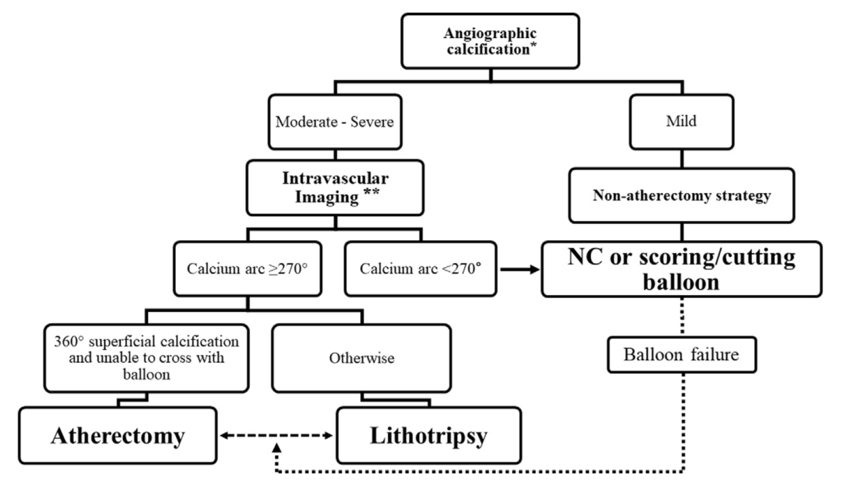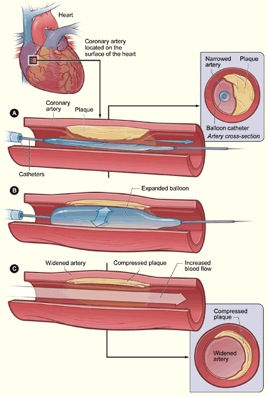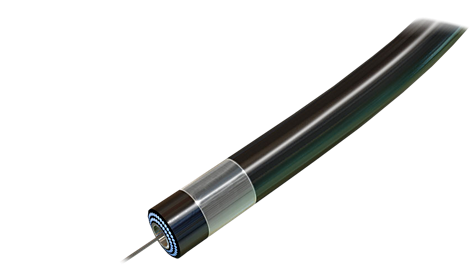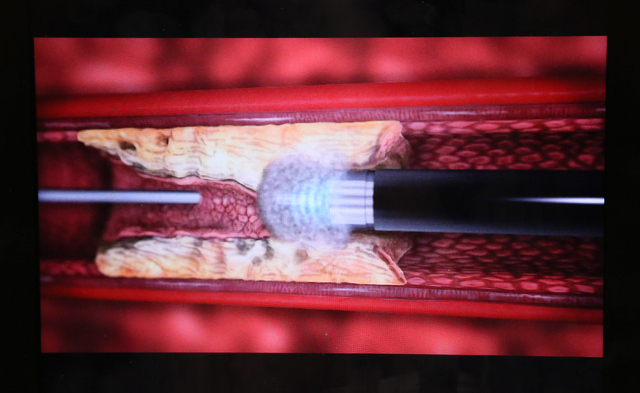Laser Atherectomy For Coronary Artery Disease

The philips excimer laser has been associated with a 13 1 dissection.
Laser atherectomy for coronary artery disease. Today laser atherectomy is more frequently used in peripheral arterial disease than in coronary disease. 16 the ultraman registry indications and outcomes of excimer laser coronary atherectomy. Peripheral laser atherectomy uses a catheter that emits high energy light laser to unblock the artery. At one point laser atherectomy was quite popular in vein graft disease and bifurcations but over a period of years its use in the coronary arterial tree has substantially decreased.
4 absorption depth is a critical component of atherectomy because the interaction between tissue type and wavelength varies and the potential for perforation or dissection exists. One patient died from coronary perforation directly related to elca. Once the tube reaches the narrowed portion of the artery a cutting device whirling blade such as rotational atherectomy or a laser beam can be used to remove the. Wavelength determines absorbed scattered energy and penetration depth and longer wavelengths generally have weaker absorption.
17 bader et al. To establish success and complication rates of excimer laser coronary atherectomy elca in a contemporary series of patients with balloon failure during percutaneous coronary intervention pci of both chronic total occlusions cto and lesions with distal timi 3 flow. Efficacy and safety for thrombotic lesions enrolling 328 patients at six centers in naniwa japan of which 5 5 had ctos achieved a high success rate of 92 5.












































